
No taxation without representation!: In 1765, the British Parliament imposed the Stamp Act on the American colonies, requiring them to pay a tax on every piece of printed paper they used. This act angered the colonists, who believed that they should not be taxed without representation in the British government. The slogan "No Taxation without Representation" became a rallying cry for the colonists, expressing their opposition to the Stamp Act and their desire for political autonomy.
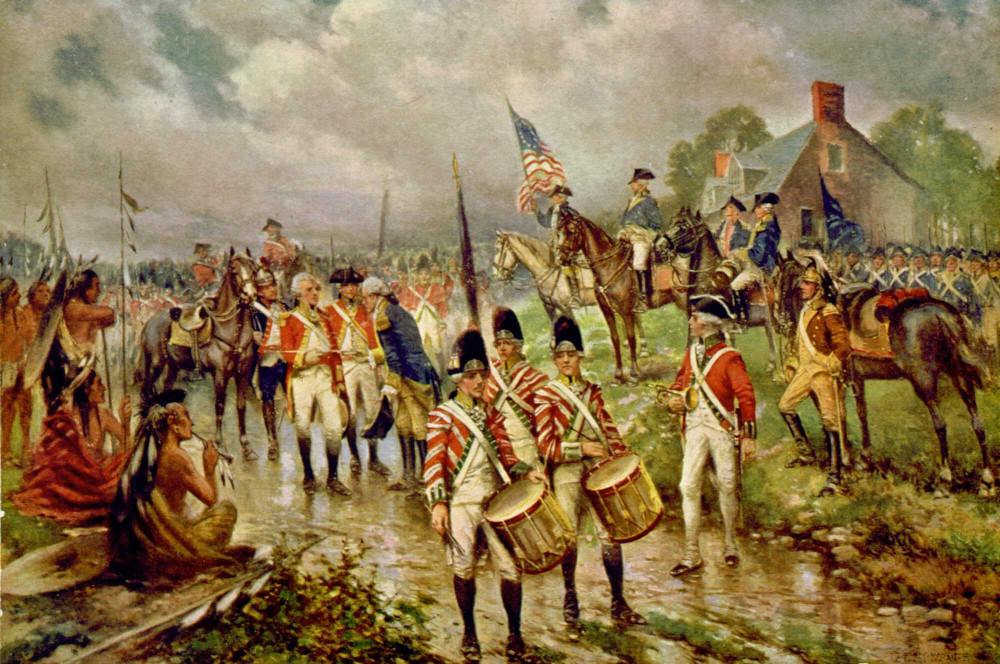
April 19, 1775, at Lexington and Concord, Massachusetts: The first shots of the American Revolutionary War were fired on April 19, 1775, in the towns of Lexington and Concord, Massachusetts. British troops had been sent to seize weapons and ammunition stockpiled by the colonists, but they were confronted by local militiamen. The confrontation escalated into a battle, marking the beginning of the armed conflict between the colonies and Great Britain.
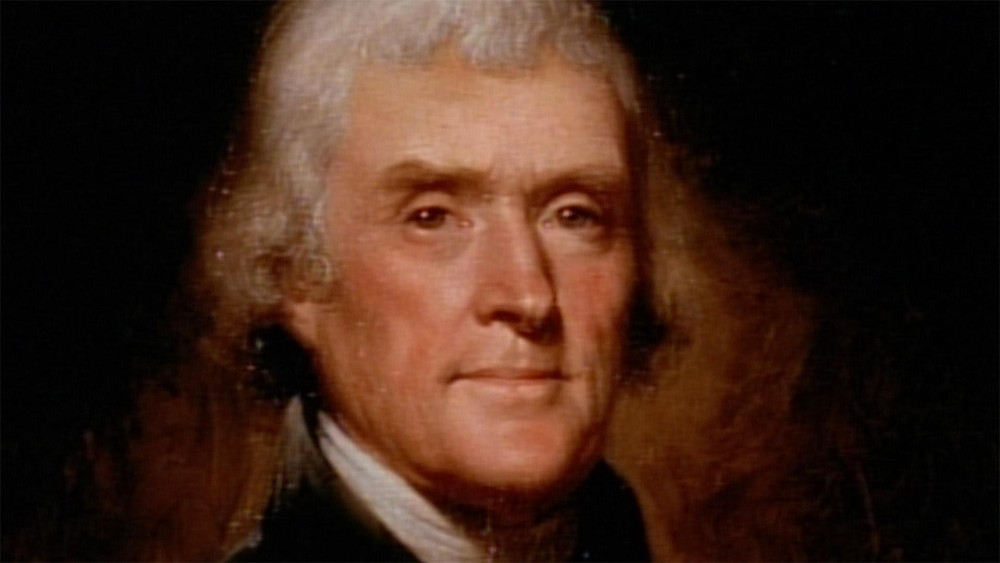
Thomas Jefferson: Thomas Jefferson, one of the Founding Fathers of the United States, was the primary author of the Declaration of Independence. He was chosen by the Continental Congress to draft the document, which formally declared the colonies' independence from Great Britain. Jefferson's eloquent words in the Declaration have become a cornerstone of American democracy and a symbol of the nation's founding principles.

Minute Men: The Minute Men were civilian colonists who volunteered to be ready for military action at a minute's notice during the early stages of the American Revolutionary War. These volunteers, primarily farmers and tradesmen, played a crucial role in the initial battles of the war, including the Battles of Lexington and Concord. The term "Minute Men" reflects their readiness to respond quickly to any threat to the colonies.
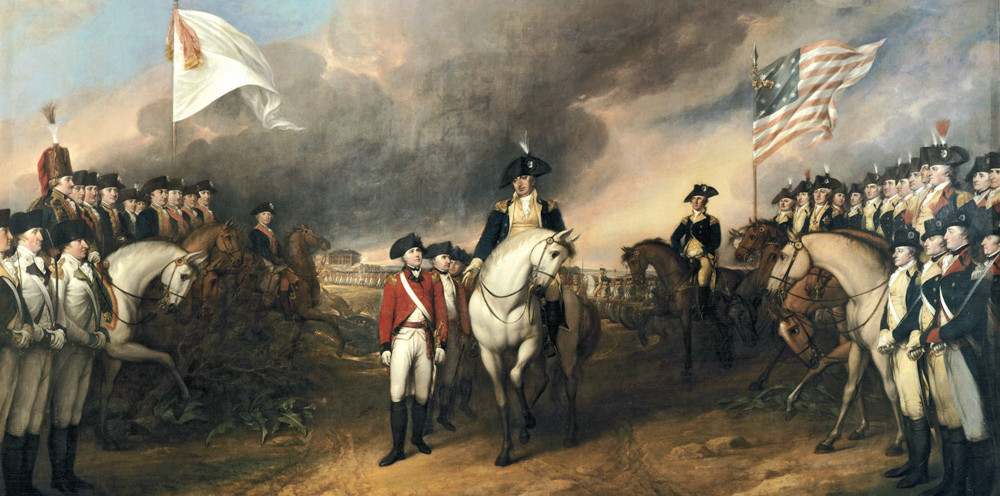
The surrender of General Cornwallis at Yorktown: The surrender of British General Lord Cornwallis at Yorktown, Virginia, on October 19, 1781, marked a decisive victory for the American forces and essentially ended the American Revolutionary War. The siege of Yorktown, led by General George Washington and assisted by French troops, forced Cornwallis to surrender his army, effectively breaking the British will to continue the war. This victory paved the way for the Treaty of Paris in 1783, which formally recognized American independence.

By ringing bells and setting off fireworks: On July 4, 1777, the city of Philadelphia celebrated the first anniversary of the adoption of the Declaration of Independence with a grand display of patriotism. The celebration included the ringing of bells throughout the city and a spectacular fireworks display. This early celebration set the precedent for future Independence Day festivities, which often feature bell-ringing ceremonies and fireworks shows.
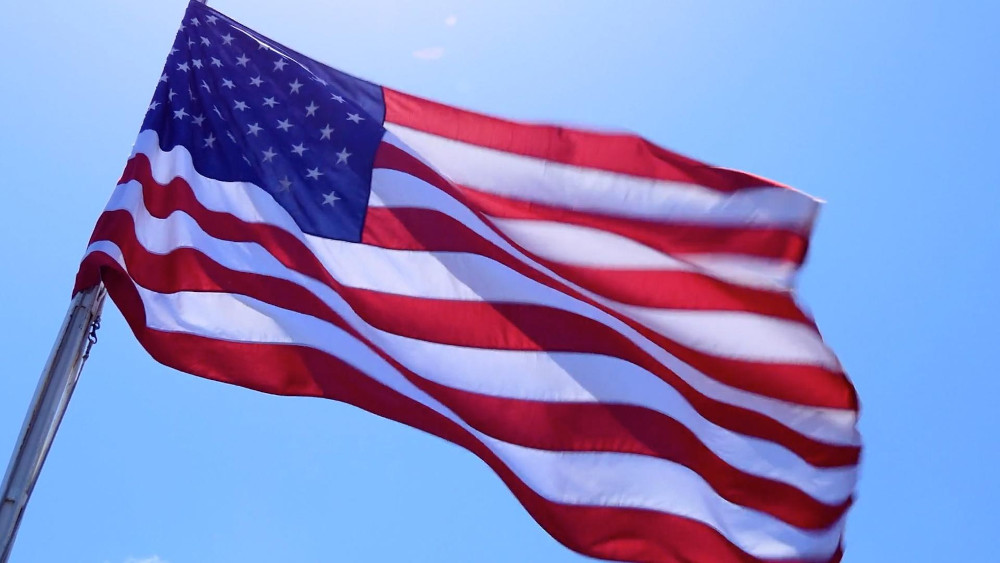
He left pieces of a flag along the way: During his 1909 expedition to the North Pole, American explorer Robert Peary honored the American flag in an unusual way. As he and his team made their way across the Arctic, Peary cut small pieces from a large American flag and left them at various points along the route. This symbolic gesture was meant to mark the American presence in the far reaches of the globe and to honor the nation's spirit of exploration and discovery.

William Driver: William Driver, a sea captain from Salem, Massachusetts, nicknamed a large, 10-by-17-foot American flag "Old Glory" in 1831. Driver flew the flag on his ship, the Charles Doggett, and later displayed it at his home in Nashville, Tennessee. The nickname "Old Glory" became popular and is still used today as a patriotic and affectionate term for the American flag.
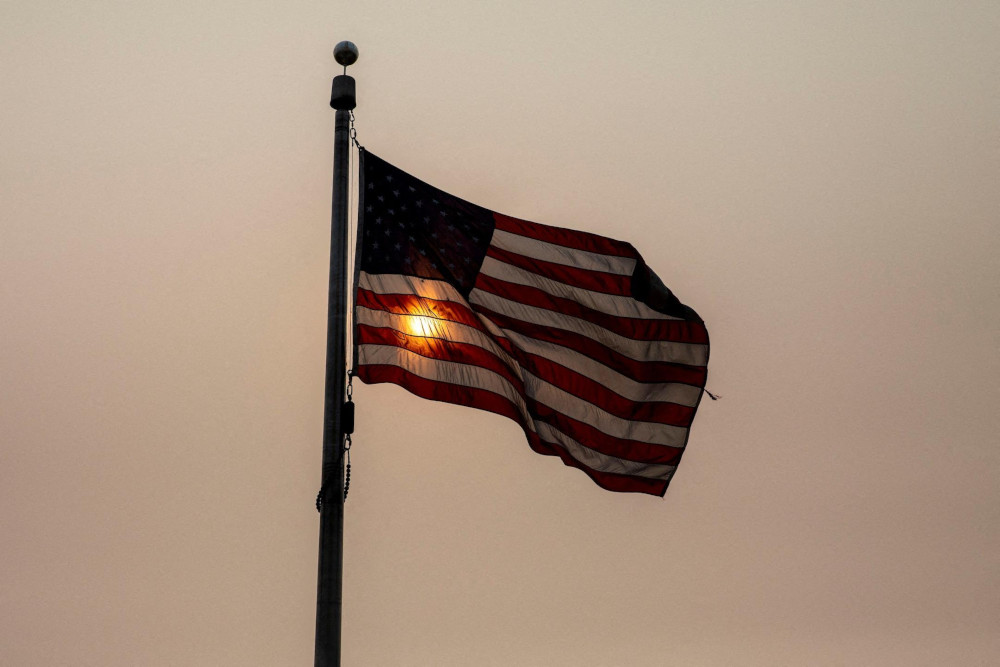
Libya: The American flag was first flown overseas on a foreign fort in Libya during the First Barbary War (1801-1805). In 1805, U.S. Marines and mercenaries captured the city of Derna, Libya, and raised the American flag over the fortifications. This event is memorialized in the opening lines of the Marines' Hymn: "From the Halls of Montezuma to the shores of Tripoli."

Barry Bishop: In 1963, American mountaineer Barry Bishop, as part of the first American team to successfully climb Mount Everest, placed the American flag at the summit of the world's highest mountain. This achievement was a significant milestone in American mountaineering and a source of national pride. Bishop's flag-raising on Everest symbolized the spirit of adventure and the determination of the American people to overcome even the greatest of challenges.

Tchaikovsky: The 1812 Overture, a popular musical piece often played during Fourth of July fireworks displays, was composed by the famous Russian composer Pyotr Ilyich Tchaikovsky in 1880. Although the piece commemorates Russia's defense against Napoleon's invading armies in 1812, its grand orchestration, complete with cannon fire, has made it a staple of American Independence Day celebrations. The use of the 1812 Overture during Fourth of July festivities is an example of how music can transcend its original context and become associated with different cultural events and traditions.
Results


